The content of the article
Many people are familiar with such an uncomfortable sensation as heaviness in their legs. This phenomenon usually occurs due to stagnation of the vessels of the legs. There can be a huge number of explanations for this condition. It happens that it is a consequence of fatigue, and sometimes it speaks of rather serious hidden diseases.
Why does heavy legs occur?
First of all, factors that do not pose a serious danger should be considered. Among the reasons that are not related to pathologies, the following can be noted:
- Hormonal disorders. Women often suffer from this symptom in the second phase of the menstrual cycle. This is due to the fact that liquid is retained in the body at this time. In addition, this condition can be observed in women during menopause.
- Climatic conditions. In extreme heat, not only does motor activity decrease, but the amount of fluid circulating in the body also changes. As a result, the vessels lose their tone and expand, this can cause stagnation.
- Pregnancy. During this period, the body is subject to increased accumulation of fluid. Due to the fact that the expectant mother leads a less active lifestyle than before, the muscles gradually atrophy. If you basically have to sit at work, then the vessels are squeezed even more.
- Overweight. In this situation, the vessels lose the ability to contract properly due to the fact that there is a significant subcutaneous fat layer. In addition, the more kilograms, the greater the pressure on vessels and muscles.
Also, heaviness in the legs can be a clinical manifestation of certain diseases, including:
- Heart diseases. Any violation in the functioning of this organ (heart disease, cardiomyopathy, myocardial dystrophy, etc.) can cause a feeling of heaviness in the legs. In addition, these pathologies are accompanied by symptoms such as the formation of edema, the appearance of shortness of breath, chest pain, lethargy, heart rhythm failure, and a change in the skin.
- Joint diseases - rheumatoid arthritis, arthrosis, gout.
- Kidney disease. Doctors often hear complaints of heaviness in the legs from patients who suffer from renal failure and other pathologies of this organ in acute or chronic form. In addition to this manifestation, they usually have an increase in pressure, increased thirst, swelling, and a decrease in appetite.
- Flat feet. With a mild degree of this condition, in addition to the feeling of heaviness in the legs, they quickly get tired and hurt if they are pressed. With the development of flat feet, the pain becomes permanent and intense, swelling and gait changes are observed.
- Osteochondrosis. The disease is characterized by the appearance of a feeling of heaviness in the limbs and pain in the back.
- Varicose veins. Symptoms in this case may be different, depending on how the disease is started. At the first stages of development there are very few of them and they are not specific. A feeling of heaviness occurs only in the evening hours, there are currently no noticeable changes in the skin. The development of pathology does not proceed quickly, in some cases it occurs over several years. As the disease progresses, pain occurs, blue nodules of veins stand out on the skin. In severe cases, edema accompanies the patient all the time, even the formation of skin ulcers is possible. The most dangerous consequence of varicose veins is the separation of a blood clot from a vascular wall.
- Lymphostasis This disease is congenital or acquired. Its appearance occurs as a result of the accumulation of an excessive volume of lymph between tissue cells. The main clinical manifestations are erysipelas of the legs, heaviness in the limbs, swelling, burning, the formation of trophic ulcers, secondary infection.
- Diabetes. This serious illness can be accompanied by a symptom called a diabetic foot. This means that the limbs swell, the patient is worried about dryness and peeling of the skin, pain and heaviness in the legs, in some cases convulsions appear.
Diagnostics
To determine the cause that provoked the appearance of heaviness in the legs, you need to contact a doctor, who, depending on the accompanying symptoms, will prescribe these diagnostic procedures:
- Blood test (clinical and biochemistry). The study assesses the components of the blood, the rate of deposition of red blood cells. If the doctor suspects that the patient has gout, he will pay attention to the concentration of uric acid, atherosclerosis - the amount of cholesterol in the blood, kidney diseases - the level of urea, creatine, electrolytes.
- Sample Reberg. This is a method by which the excretory function of the kidneys is assessed by determining the glomerular filtration rate.
A urine test is also taken and a glucose test is done.
In addition to laboratory tests, other diagnostic methods are also used:
- Angiography of blood vessels. This is a way to study the state of blood vessels. Quite often, using this procedure, you can detect a disease that poses a serious threat to life - thrombosis.
- Ultrasound scanning of blood vessels. This method allows you to identify the manifestations of atherosclerosis, to determine how narrow the vessels are, and whether there are bends.
- RVG (rheovasography). A modern method of functional diagnosis, which determines the intensity and volume of blood flow in the arterial vessels of the limbs.
- X-ray It is carried out to detect specific changes, joint diseases, pathologies of the spine.
- CT or MRI.
- ECG
Treatment
Since heaviness in the legs is often not an independent symptom, but only a sign of a disease, treatment will depend on the data obtained during the diagnosis.
If the reason is hidden in the conduct of the wrong lifestyle, then you can solve the problem by making some adjustments to it. However, when the provoking factor is more serious, treatment must be approached thoroughly. It will require both therapeutic measures, the purpose of which is to eliminate the underlying disease, and symptomatic therapy - the use of venotonic agents. When choosing the latter, one must take into account the underlying disease, as well as the condition of the walls of the veins. Vetotonics activate the blood circulation process, stimulate blood flow in the vessels. The treatment regimen and dose are determined by the doctor. The most commonly prescribed medications are:
- Troxevasin in tablet form. The drug has a pronounced anti-inflammatory effect.
- Aescusan. Improves vein tone, is an excellent prophylactic against varicose veins.
- Detralex The action of the drug is aimed at enhancing the outflow of lymph and blood, increasing the tone of the veins.
There are also external preparations, which must be applied, following the instructions prescribed in the instructions. The following gels are considered effective against leg weight:
- Venoruton;
- Lyoton;
- Hematrombin;
- Troxevasin.
Experts advise wearing special compression underwear designed to combat heaviness in the limbs. In fact, the result from it is pretty good. Such tights and stockings will protect the walls of the veins from internal pressure, thereby reducing pain and swelling.How long and often you need to wear compression underwear, a phlebologist will tell you. The same doctor will assist in choosing the appropriate option, given the severity of the condition.
Heaviness in the legs is an occasion to conduct daily special physiotherapy exercises. Exercise will help get rid of congestion, lead to relaxation of the leg muscles.
If the cause of severity in the limbs is varicose veins, and conservative treatment methods do not bring results, more radical options are used:
- EVLK (Endovasal Laser Coagulation) is a modern method, the purpose of which is to eliminate blood reflux in the veins using the thermal energy of laser radiation. The procedure has obvious advantages. There is no need to make an incision, use general anesthesia. In addition, after it, the patient quickly recovers.
- Sclerotherapy. This procedure is used to treat diseases of the vascular and lymphatic system. The method is based on the introduction of a special medicine into the vein, which, penetrating into the cavity of the vessel, damages it. Then the formed lumen is overgrown with connective tissue. Treatment is carried out on an outpatient basis in one day. Significant disadvantages include the risk of relapse.
- Operation. During this treatment, the doctor removes the affected veins. Cons - general anesthesia and a long recovery period.
During gestation, the following methods of therapy are prescribed:
- Avoid prolonged standing.
- Use compression underwear.
- Keep track of your posture.
- Ensure proper nutrition and adequate drinking regimen, avoid excessive weight gain.
- Perform therapeutic exercises.
How to deal with heavy legs?
If the feeling of fatigue and heaviness in the legs often appears, it is necessary, first of all, to provide them with rest. To do this, sit down or lie down for a while, making sure that the legs are slightly raised. This will improve the outflow of lymph and blood. Then you should take a contrast shower, changing alternately warm and cool water.
Performing some exercises regularly can relieve symptoms by relieving tension in the legs and speeding up blood flow. Familiar to many “bicycle” will cope with this task.
It is useful for those who have problems with their legs to stand up without shoes on a special massage mat. Such a procedure will provide stimulation of nerve endings that are located on the feet.
If you have to stay on your feet for a long time due to the characteristics of the profession, you can use compression hosiery. In addition, you need to try every free minute to do a warm-up, or if this is impossible, to change the position of the body.
If a symptom such as heaviness in the legs is detected, the situation should not be delayed and started, a medical institution should be visited as soon as possible, so that the doctor, after examining, on the basis of the information received, determines what diagnostic and therapeutic procedures the patient should undergo. If necessary, the doctor will give direction to narrow-profile specialists: cardiologist, orthopedist, neurologist, nephrologist, etc.
Folk remedies
The use of traditional medicine recipes will help get rid of the feeling of fatigue, pain and heaviness in the legs.
The following remedies are effective against these symptoms:
- Herbal foot baths. Oak bark, nettle, linden, chamomile, mint are mixed in equal proportions. The composition is filled with water and put on medium heat. After the product boils, it is necessary to remove it from the stove, allow to cool and be used as a foot bath.
- Compresses They will help to quickly alleviate the condition by eliminating the heaviness in the limbs. A small amount of ice cubes should be wrapped in a piece of cloth. Massage by gently moving from the lower part of the legs to the upper.
- A delicate independent massage helps to relieve the feeling of fatigue with the use of horse chestnut products, as well as essential oils - lavender, peppermint, cypress.
- They will help to relax and alleviate the condition of the limbs of the bath, in which you need to add sea salt, essential oil or apple cider vinegar. Such an event can be held in the evening after heavy weekdays.
- It is possible to quickly and efficiently normalize blood flow, and therefore to get rid of discomfort, if you lie down and raise your limbs so that they are located above the heart.
Preventative measures
- In order not to encounter such a problem as heaviness in the legs, you need to try to instill good habits for yourself, with which you can improve blood circulation. To do this, you need to move more, do sports: run, swim, go to yoga classes. Contrast douche will be of great benefit, since it helps strengthen the walls of blood vessels.
- An effective preventive measure to reduce the flow of blood to the limbs is to slightly raise the lower border of the bed.
- Particular attention should be paid to their own nutrition. The diet should consist of foods that contain a lot of vitamin E. These include oils, fish, and wheat. And also vitamin C - fresh berries and fruits.
- Such elements have a good antioxidant effect, favorably affecting blood vessels.
- In addition, it is necessary to minimize, and it is better to completely exclude spices, fatty and fried dishes from your menu.
- If you have bad habits (addiction to cigarettes, alcohol), you need to fight them. It is highly recommended that excessive enthusiasm for procedures that have a powerful warm effect - tanning beds, saunas, waxing, etc. You should try not to lift heavy objects and avoid long loads on your legs.
- In addition, we must forget about such a habit as sitting, putting one foot on the other. This situation leads to the formation of stagnation.
- When choosing shoes for every day, the first thing you need to pay attention to is to make your foot comfortable and comfortable. It is advisable for ladies to select models with a stable low heel (no more than 5 cm).
We must not forget that the health of the legs is very important, because every day they are subjected to tremendous physical exertion. Therefore, you should take care of them and lead the right lifestyle. It is also important to remember about prevention, because the disease is easier to prevent than to treat. Thanks to this, it will be possible to avoid many troubles that are associated with an uncomfortable state - the weight of the legs.
Video: how to reduce leg heaviness with varicose veins

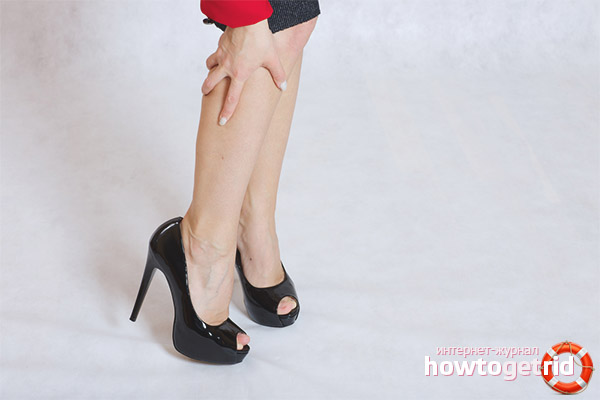
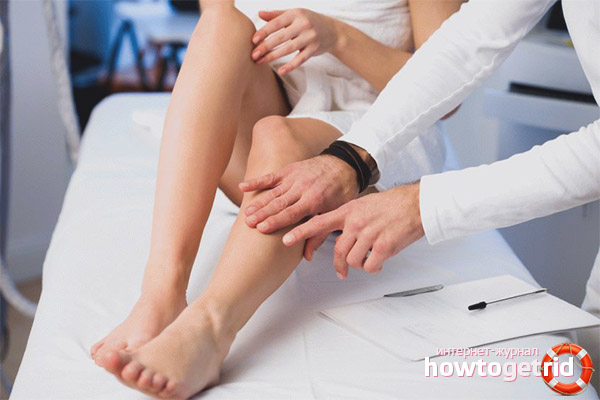
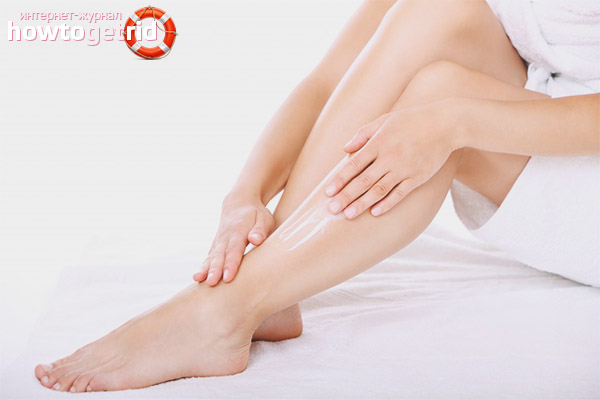
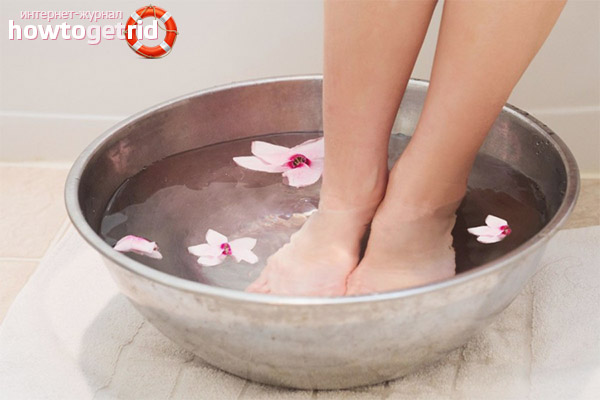
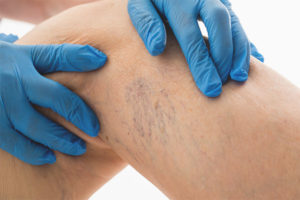
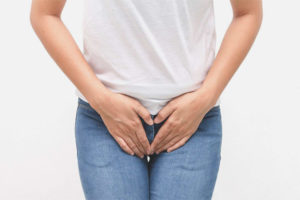
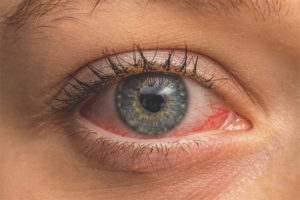

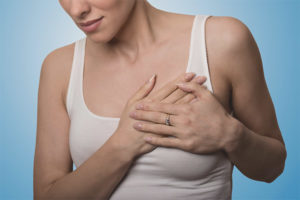
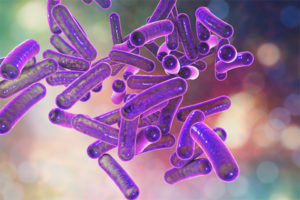
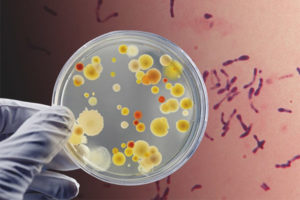

Submit